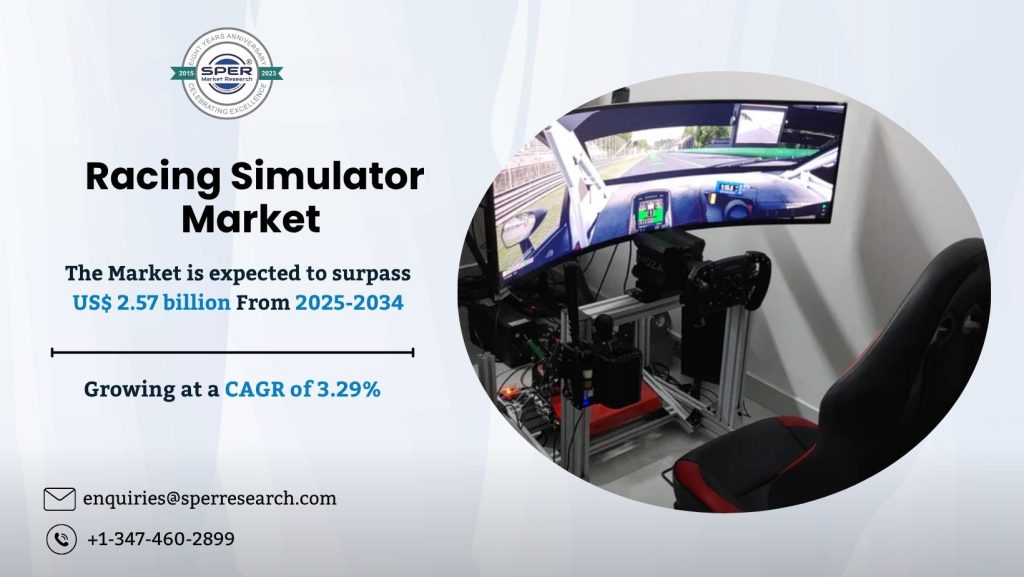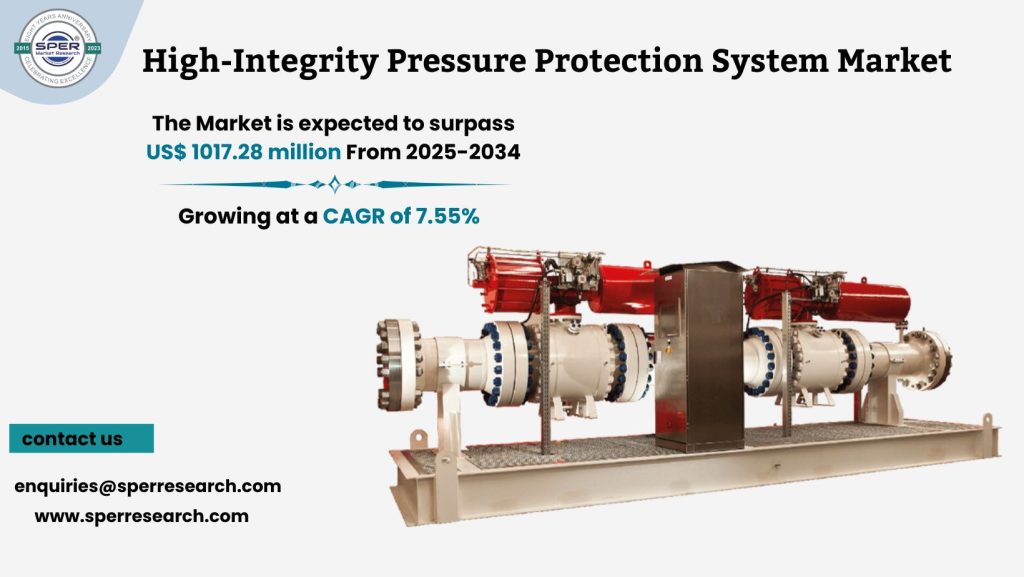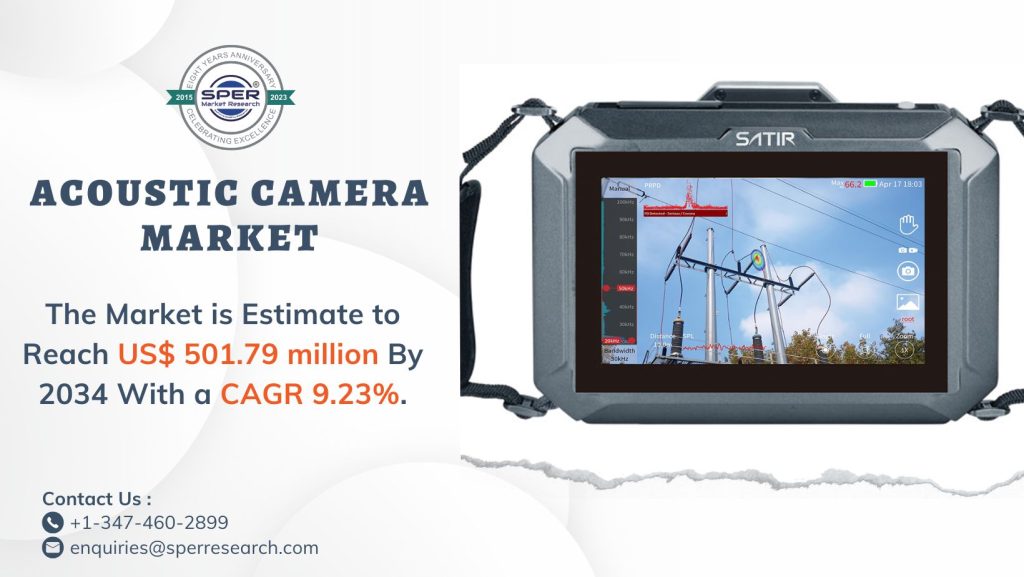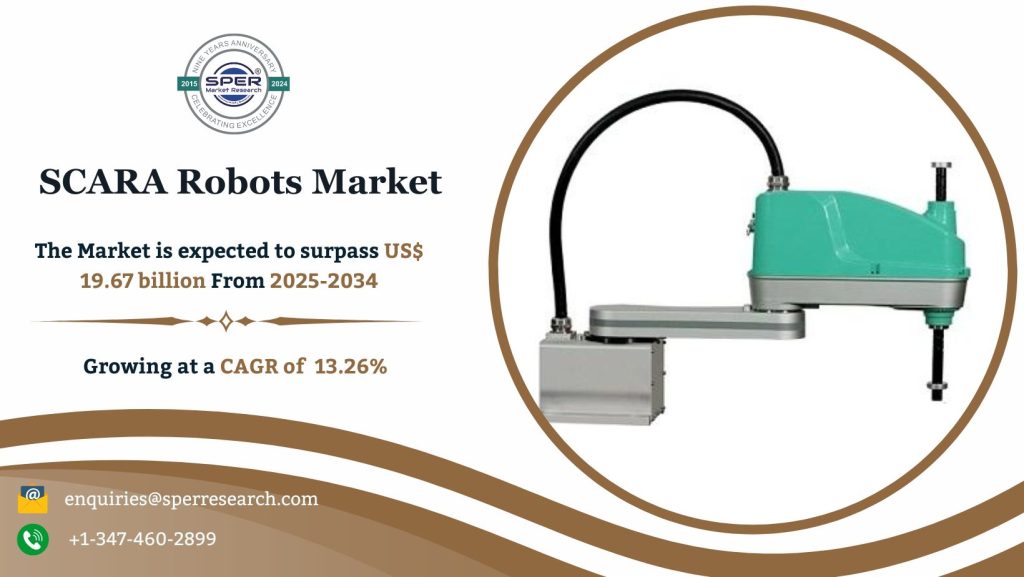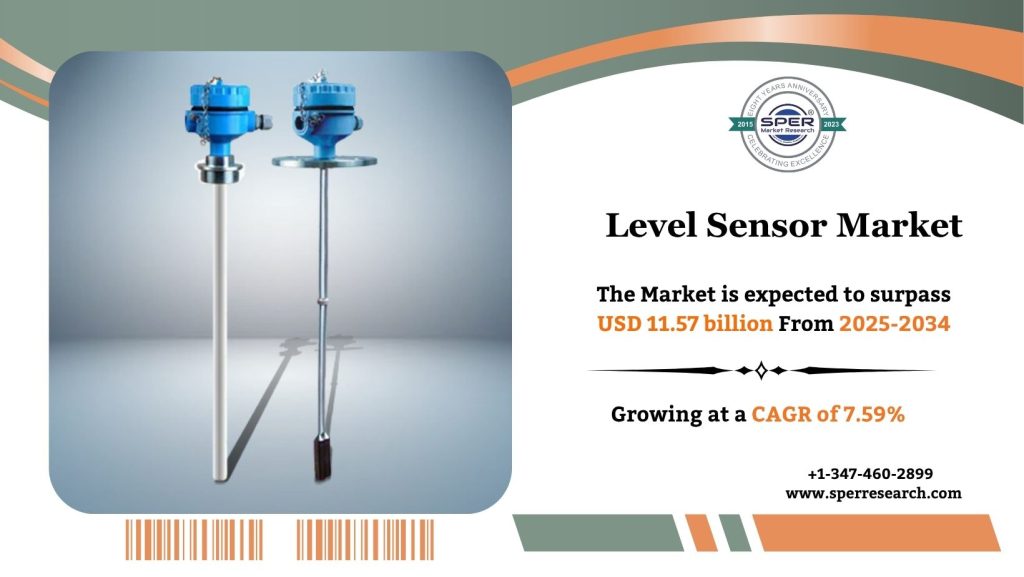The gantry robot, often known as a Cartesian robot, is a form of industrial robot that moves along three linear axes: X, Y, and Z. It is composed of a rigid frame construction with one or more axes attached along each of these dimensions.
Gantry robots are commonly employed in applications such as material handling, pick-and-place operations, packaging, assembly, and machining that demand precise and repeated motions in a limited workspace.
According to SPER market research, ‘Global Gantry Robots Market Size- By Payload Capacity, By End-Use Industry, By Application – Regional Outlook, Competitive Strategies and Segment Forecast to 2034’ state that the Global Gantry Robots Market is predicted to reach 14.97 billion by 2034 with a CAGR of 12.75%.
Drivers:
The gantry robot market is growing due to the rise in demand for automation in manufacturing and assembly. These robots provide high precision, flexibility, and speed, making them popular in industries like automotive, electronics, and food and beverage. Key opportunities include new technologies that enhance the versatility and efficiency of gantry robots. Advances in machine vision systems allow for more complex tasks, while new motion control systems improve their speed and accuracy.
Request a Free Sample Report: https://www.sperresearch.com/report-store/gantry-robots-market?sample=1
Restraints:
The initial investment may be difficult for organisations with little to no relevant experience. Procurement, integration, accessories, programming, and maintenance all need a significant capital investment. This may impede market expansion.
Small and medium-sized firms struggle to invest big sums of money due to low volume manufacturing and low return on investment. The strict regulations governing robot production in different nations are anticipated to cause the cartesian robot market to expand slowly over the course of the forecast year. This could hinder the growth of the market.
In 2024, Asia Pacific dominated the global market for gantry robots, and this trend is predicted to continue. The demand for precision automation in the electronics, e-commerce, and automotive sectors is fuelled by the region’s robust industrialisation, particularly in manufacturing. Government support for Industry 4.0 and advanced technologies also boosts the market. Growing focus on production efficiency and investments in smart manufacturing make Asia Pacific a key growth area for these robots. Some of the key market players are BAHR Modultechnik GmbH, Bosch Rexroth AG, Fibro GmbH, Gudel AG, IAI Corporation, and others.
For More Information, refer to below link: –
Related Reports:
Industrial Fans and Blowers Market
Follow Us –
LinkedIn | Instagram | Facebook | Twitter
Contact Us:
Sara Lopes, Business Consultant — USA
SPER Market Research
enquiries@sperresearch.com
+1–347–460–2899

